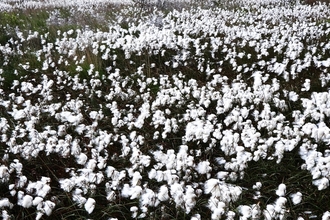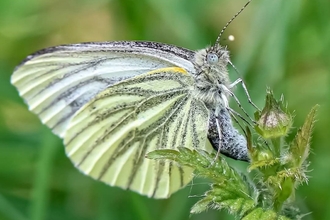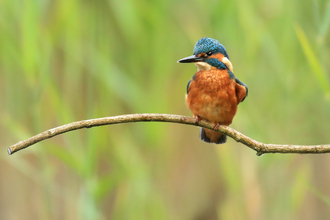What is wildlife recording and why is it important?
Wildlife recording doesn't have to be technical or use specialist equipment, it's simply making a record of the wildlife you see. Your records could be kept as paper lists, spreadsheets, pictures, videos, or even audio recordings.
Recording wildlife is a wonderful way to connect with your local nature. Over time, you'll gain a deep understanding of how the plants and animals around you respond to seasonal changes, when certain species tend to emerge and even when something might be wrong in the wider environment.
This is exactly why wildlife recording is so important for wider nature conservation. It helps us understand how wildlife is faring in our region, when it needs our help and when it might be affected by things like pollution and climate change. By submitting your records to your local record centre, they can then be used to inform decision-making, educate the community, carry out research and even inform local planning.
How to record wildlife
The best place to send your wildlife records is to your local wildlife record centre, we work closely with the local record centres in our region to inform our conservation work. Follow the links below to submit your wildlife records:
- Lancashire - Lancashire Environmental Record Centre
- Greater Manchester - Greater Manchester Local Record Centre
- North Merseyside (including Sefton, Liverpool, Knowsley and St Helens) - Merseyside BioBank
Latest sightings and wildlife recording news
Discover the wildlife that has been spotted across our region recently.

Latest wildlife sightings - June 2025
Our reserves have been buzzing with insects, blooming with flora and hosting our summer migrant birds this month. Discover what's…
Don't take 30 Days Wild lying down
Legendary peatlands birder Dave Steel is on another June exploration of the Manchester peatlands in search of wildlife as he embraces #…

Latest wildlife sightings - May 2025
Enjoy sightings of the wonderful wildlife seen on our reserves this month from our reserve visitors




